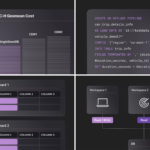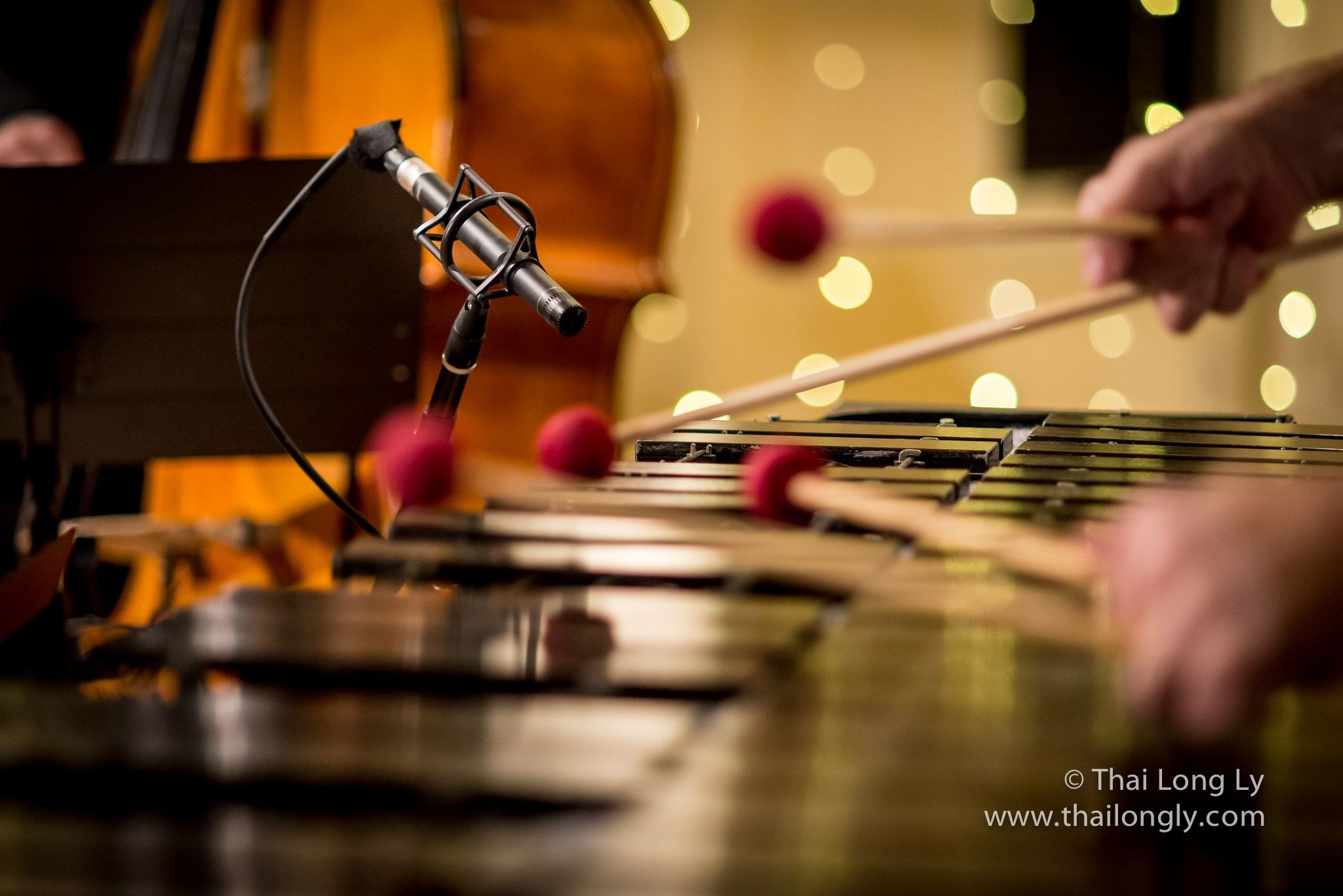PostmodernJukebox (PMJ) is relying on DPA Microphones to provide high quality sound to its five million YouTube subscribers.
Pianist Scott Bradlee started PMJ as a creative side project in the early days of YouTube and viral videos.
Mixing modern pop hits with styles of the past, Bradlee and his musically inclined friends created a new phenomenon.
A decade later, PMJ has appeared on national television, along with a live audience following for their in-person performances.
To keep the musical fun going strong, and easy to hear, PMJ relies on a large collection of DPA Micophones.
“I have always loved these really old styles of music, like ragtime and swing, so I started putting together different experiments, which I posted on YouTube,” Bradlee explains.
“At that time, in 2011, YouTube wasn’t a place for professional musicians to post content, but I was intrigued by it. At first, it was a fun way to experiment and create a business card—a destination for people to discover me.”
As the YouTube page grew in success, Bradlee recognized a growing need to have reliable audio equipment that would provide the clarity and performance necessary to ensure that PMJ’s unique performances were heard as they were intended.
PMJ has been using a combination of DPA equipment since 2019, on selection by PMJ recording and mix engineer Thai Long Ly, and the group has amassed quite a collection.
Ly typically selects pairs of the brand’s 4099 Instrument Mics (of which PMJ has eight) and 4041 Omnidirectional Large Diaphragm Mics, as well as the 2028 and d:facto 4018VL Vocal Mics as its main staples.
The team also utilizes DPA’s 4011 Cardioid, 4006 Omnidirectional, 2011 Twin Diaphragm Cardioid, 4015 Wide Cardioid and 4018 Supercardioid Mics.
“One of the things that I really love about DPA mics is the clean, natural low-end extension,” he says. “
“It’s not boomy, boxy, tubby, fake or lifted; it’s just a natural extension. They’re super deep yet they provide a natural bottom end.
“As a bass player, I’m really sensitive to that, so that’s a huge feature for me. Also, they’re incredibly rugged and they always work no matter what we put them through.”






